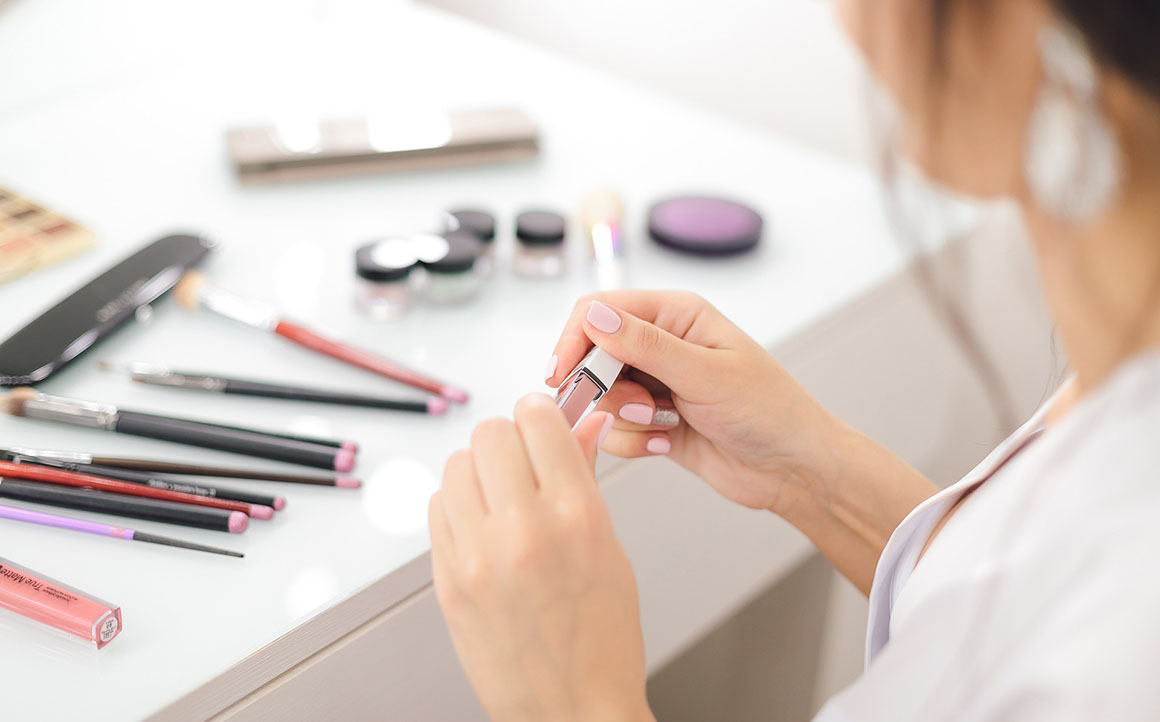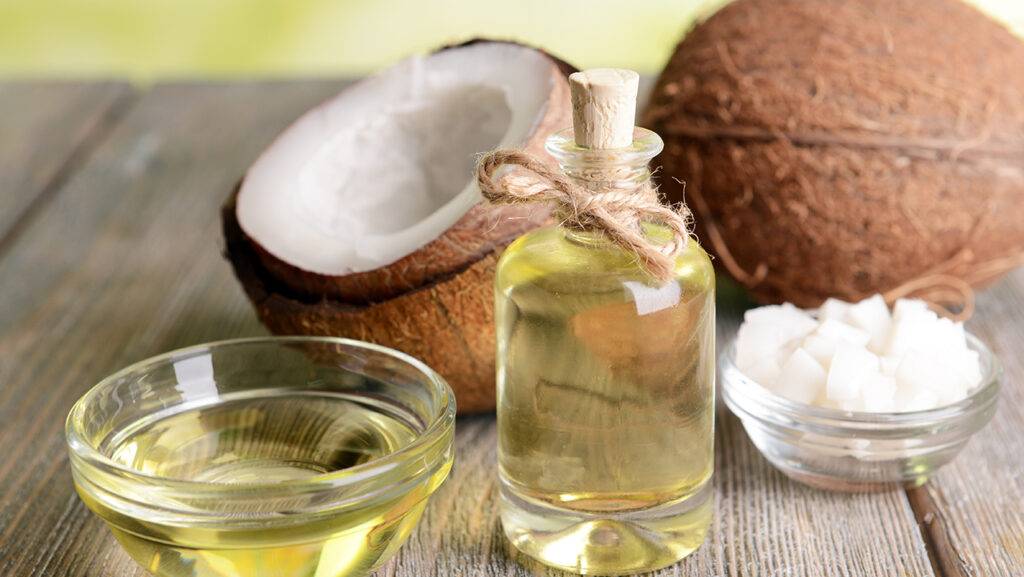6 Trends That Reverse the Beauty Industry’s Waste Problem

Public concern about environmental issues such as the degradation of ecosystems, the rampant depletion of natural resources, pollution, climate change, and others has grown in recent years. More and more consumers are looking for ways to practice environmental responsibility, such as by cutting back on producing household waste and conserving limited resources like water and electricity. To this end, these same individuals are eager to practice more conscious consumerism by supporting environmentally responsible brands.
Many beauty lovers have long been conflicted about the amount of waste the beauty industry produces and the harmful effects this waste has on the natural world. Single-use packaging from beauty and personal care products frequently goes unrecycled and ends up in landfills. Harmful chemicals in these same products also find their way back into the environment through sewage systems, thus proceeding to pollute soil systems and waterways.
The good news is that the recent rise in consumer demand for more conscious beauty has pushed many beauty brands to explore more sustainable business practices. Here are just a few of the major trends that support the global push for a more sustainable beauty industry:
Sourcing Ingredients Sustainably
Today’s beauty brands are striving to be more eco-conscious and smart about available resources by sourcing and manufacturing sustainable ingredients. This means prioritizing ingredients that can be continually harvested and manufactured using methods that do little to no harm to the surrounding environment.
Coconut is one such example of a sustainable ingredient that’s sought out by beauty consumers and producers alike. They are relatively easy to grow in a sustainable manner because they can integrate naturally within a wide range of soils and among a lot of other plants, and they can be harvested by hand instead of requiring tractors and other machinery. Ingredients like coconut derivatives can help beauty brands scale back on their waste and their general impact on the planet.

Zero-Waste and Plastic-Free Packaging
There are many ways that the beauty industry might cut down specifically on the amount of packaging it uses for its products. One of the most common—and most effective—is to make packaging from recycled materials. It also helps to inform customers about how they can effectively recycle product packaging after opening their items, whether by printing this information on the packaging itself or posting about it online.
Other eco-friendly beauty brands offer refillable and reusable packaging options for their products to reduce the demand for single-use packaging. This helps ensure that tons of perfectly usable bottles, boxes, and other containers for beauty products don’t end up in landfills prematurely.
Lastly, plastic-free packaging is also gaining ground in the beauty industry. More and more brands are substituting harmful single-use plastics with glass bottles, biodegradable boxes and wrapping paper, and other more eco-friendly alternatives. It’s a good sign for the beauty industry, and one that indicates that the new generation of entrepreneurs cares about the impact they make on their environment and their community.
Multipurpose Beauty Products
In the past, the beauty and personal care industries have profited by encouraging consumers to buy more and more products for different purposes. These days, however, consumers are preferring to take a more minimalist approach to makeup and skincare, ditching long multi-step routines featuring ten or more products in favor of just a few high-performing items with multiple helpful functions.
Beauty brands have taken notice of this trend and, as a result, have begun developing more multipurpose products for their rosters. Balms that can be used as lip tints, blushers, and eyeshadows, iridescent powders that function both as eyeshadows and facial highlighters, and moisturizing serums that work for both the hair and face are some of the most common examples.
Waterless Beauty Products
Beauty brands seeking to be more sustainable can also capitalize on the rising customer preference for waterless beauty products. Today’s consumers are well aware not only of water’s value as a limited resource, but also of the fact that large portions of the world’s population currently suffer from severe water scarcity. These consumers generally view the decision to shift to waterless products as a simple, yet effective way to help conserve water and reduce the amount of water waste that’s left in the environment.
Beauty brands that desire to go waterless can also appeal to customers by emphasizing that waterless beauty products are more potent than more diluted formulas, as they contain higher concentrations of active ingredients. Precisely because of this, waterless products can be used in smaller quantities without sacrificing performance—leading to better value-for-money for consumers.
Solid Product Formulations
Many brands have also made it a common practice to produce facial cleansers, shampoos, conditioners, and even serums and other skin treatments in the form of solid bars in addition to soaps. This practice cuts the amount of packaging waste these brands create by a large margin, therefore significantly reducing their carbon footprint. In addition to eliminating packaging, prioritizing solid product formulations helps brands cut down on water usage.
Reusable Products
Single-use products like makeup wipes and cotton pads are also major sources of beauty-related waste. An increasing number of beauty brands also discourage the use of such products in favor of alternatives like washable cleansing pads and other reusable makeup removers.
At the end of the day, there are many ways for the beauty industry to reduce its waste output and, in doing so, help protect the planet. Beauty brands that incorporate one or more of the abovementioned practices will be well on their way to making a positive difference for the environment and earning consumer goodwill in the process.
Share via:





Leave a Comment